Future of Business and Finance
The Future of Business and Finance book series features professional works aimed at defining, describing and charting the future trends in these fields. The focus is mainly on strategic directions, technological advances, challenges and solutions which may affect the way we do business tomorrow, including the future of sustainability and governance practices. Mainly written by practitioners, consultants and academic thinkers, the books are intended to spark and inform further discussions and developments.
More information about this series at http://www.springer.com/series/16360
Tankiso Moloi and Tshilidzi Marwala
Artificial Intelligence and the Changing Nature of Corporations
How Technologies Shape Strategy and Operations
1st ed. 2021

Logo of the publisher
Tankiso Moloi
School of Accounting, University of Johannesburg, Johannesburg, South Africa
Tshilidzi Marwala
University of Johannesburg, Johannesburg, South Africa
ISSN 2662-2467 e-ISSN 2662-2475
Future of Business and Finance
ISBN 978-3-030-76312-1 e-ISBN 978-3-030-76313-8
https://doi.org/10.1007/978-3-030-76313-8
The Editor(s) (if applicable) and The Author(s), under exclusive license to Springer Nature Switzerland AG 2021
This work is subject to copyright. All rights are solely and exclusively licensed by the Publisher, whether the whole or part of the material is concerned, specifically the rights of translation, reprinting, reuse of illustrations, recitation, broadcasting, reproduction on microfilms or in any other physical way, and transmission or information storage and retrieval, electronic adaptation, computer software, or by similar or dissimilar methodology now known or hereafter developed.
The use of general descriptive names, registered names, trademarks, service marks, etc. in this publication does not imply, even in the absence of a specific statement, that such names are exempt from the relevant protective laws and regulations and therefore free for general use.
The publisher, the authors and the editors are safe to assume that the advice and information in this book are believed to be true and accurate at the date of publication. Neither the publisher nor the authors or the editors give a warranty, expressed or implied, with respect to the material contained herein or for any errors or omissions that may have been made. The publisher remains neutral with regard to jurisdictional claims in published maps and institutional affiliations.
This Springer imprint is published by the registered company Springer Nature Switzerland AG
The registered company address is: Gewerbestrasse 11, 6330 Cham, Switzerland
Preface
This book examines how various forms of artificial intelligence (AI) could shape a firms strategy. To assess how AI is likely going to shape firm strategy, the book confines itself to AI forms such as machine learning (ML), natural language processing (NLP), and robotic process automation (RPA).
After the introductory chapter, the book discusses a high-level overview of artificial intelligence in Chap. discusses strategy implementation.
Chapter discusses machine learning as a form of artificial intelligence. It provides an understanding of machine learning as a starting point. It further considers how machine learning (ML) could be used to shape strategy and strategy implementation.
Chapter discusses natural language processing as a form of artificial intelligence. It provides an understanding of natural language processing (NLP). The chapter further postulates how the NLP could be used to shape strategy and strategy implementation.
Chapter provides a synopsis of the book.
This book is an interesting resource for graduate students, researchers, business executives, and artificial intelligence practitioners interested in strategy theories and artificial intelligence.
Tankiso Moloi
Tshilidzi Marwala
Johannesburg, South Africa
March 2021
Acknowledgments
We would like to thank Dr. Denhere and Dr. Mhlanga for their assistance with gathering write-ups on some of the literature considered. They are post-doctoral research fellows in the School of Accounting.
March 2021.
Tankiso Moloi
Tshilidzi Marwala
Contents
The Author(s), under exclusive license to Springer Nature Switzerland AG 2021
T. Moloi, T. Marwala Artificial Intelligence and the Changing Nature of Corporations Future of Business and Finance https://doi.org/10.1007/978-3-030-76313-8_1
1. Introduction to Artificial Intelligence and the Nature of a Firm: Implications to Strategy and Strategy Implementation
Tankiso Moloi
(1)
School of Accounting, University of Johannesburg, Johannesburg, South Africa
(2)
University of Johannesburg, Johannesburg, South Africa
1.1 Introduction
Early economics literature had a profound belief that one of the core resources, if not the most principal resource, was the human resource. We have repeatedly seen the argument that the most critical resource for any form of organisation, be it in the country or the firm, is its people. Therefore, it was not a surprise that before the 1930s, the classical economic view was that businesses should hire employees. This could be done when and if businesses required them for specific tasks (Moloi, ).
It is equally not a surprise that in 1937, Ronald Coase put forward a compelling argument in The Nature of the Firm, observing that firms in the Detroit region grew only so long as it was cheaper for them to complete additional parts of the production process in-house rather than resort to the open market. With labour as an example, Ronald Coase argued that transaction costs and search-related complications associated with the procurement of resources at short notice could be problematic for firms. As such, his view was that it would make sense to keep employees on the companys books.
It would seem Ronald Coase feared that negotiations in an open market would likely increase the unit costs of labour, causing the production of an item to be expensive. Coase may also have feared that if the demand for a firms product was to increase, at the same time that the firm did not have sufficient labour to meet production requirements, the firm would either lose business to its competitors or may be forced to bid for these employees in the open market, and they would join that particular firm at a high cost.
Perhaps Coase had in mind what in todays terms we refer to as competitive pricing. In order for the firm to price its product competitively, it has to manage its costs. According to Chappelow (), competitive pricing refers to the process of selecting strategic price points. This allows the firm to best take advantage of a product- or service-based market relative to the competition.
Furthermore, this pricing method is often used by firms that are selling similar products . The distinguishing factor is then the pricing aspect since services can vary from one firm to the next whereas the attributes of a product remain similar. Accordingly, a competitive pricing strategy would ordinarily be used once a price for a product or service has reached a level of equilibrium. Equilibrium in this regard occurs when a product has been on the market for a long time and when there are many substitutes for the product.

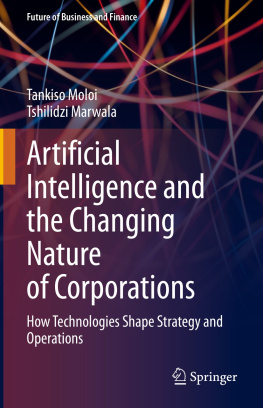
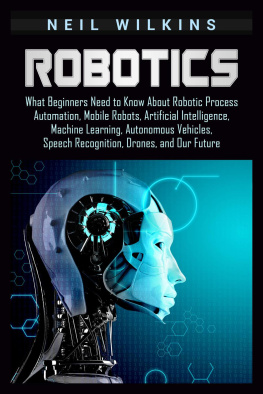

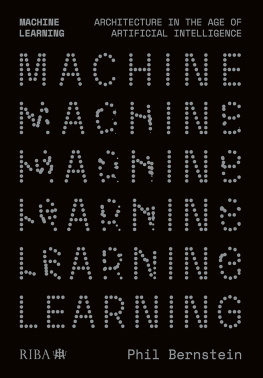
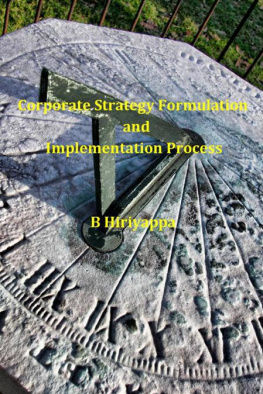
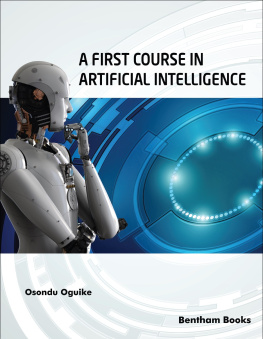
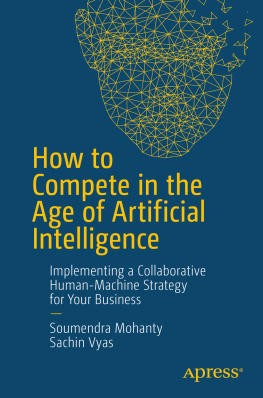
![Jim Sterne [Jim Sterne] - Artificial Intelligence for Marketing](/uploads/posts/book/124040/thumbs/jim-sterne-jim-sterne-artificial-intelligence.jpg)

